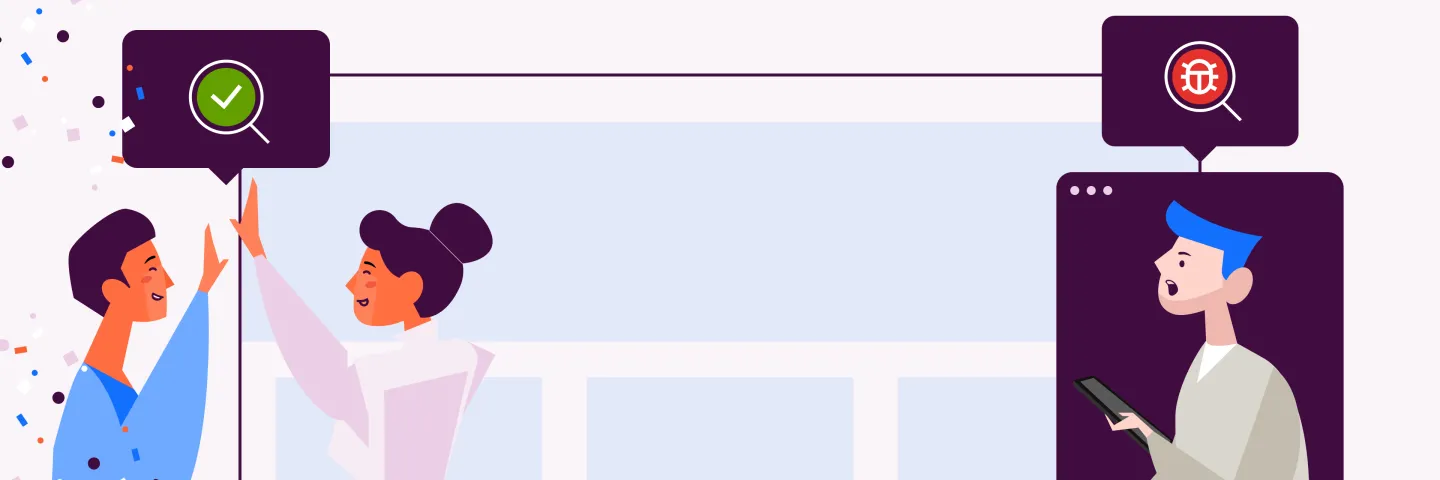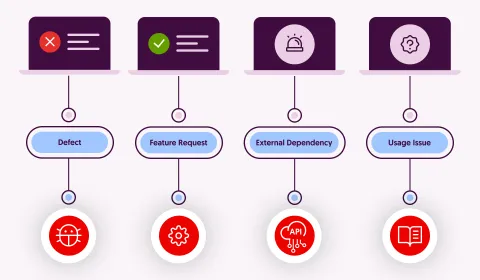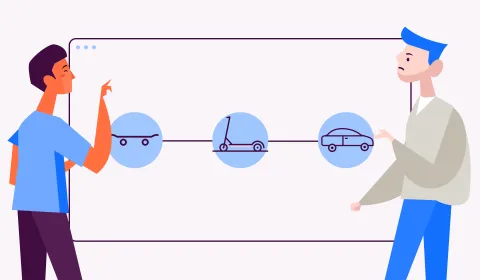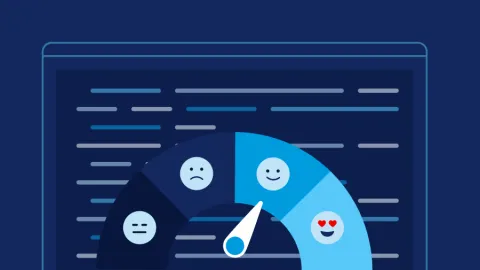Not all software "bugs" are actually bugs

Imagine the situation when your development team just delivered a critical new feature for your e-commerce platform. Users can now filter products by multiple criteria, and initial testing went smoothly. But three days after launch, your customer service team is flooded with complaints. "The search function is broken!" they report. "It's not showing the results we expected!"
Sound familiar? This scenario plays out countless times across software projects worldwide. The immediate reaction is often to label it a "bug" and demand an urgent fix. But here's where things get interesting and where smart project management makes all the difference.
Is it really a bug?
It's completely understandable that clients label unexpected or unwanted functionality as bugs. However, proper classification can help avoid misallocated resources, confused budgets, and frustrated stakeholders. At 1xINTERNET, we've learned that taking a step back to properly classify these issues saves everyone time, money, and headaches.
Every reported "bug" actually falls into one of four distinct categories:
Defect: The software genuinely isn't working as designed. This is a true bug where the code fails to execute the intended functionality correctly.
Feature request: The software works exactly as designed, but the client needs additional or different functionality that wasn't part of the original scope.
External dependency: The issue stems from a third-party service, API, or external system that's beyond your direct control. Perhaps a payment gateway experiencing downtime or a shipping calculator returning unexpected results.
Usage issue: The software functions correctly, but users need guidance, training, or documentation to use it effectively.
Understanding this distinction isn't just academic. It's crucial for effective project management and budget allocation.

Classification matters to your bottom line
For project managers and budget owners, proper issue classification directly impacts how you plan, allocate resources, and communicate with stakeholders. When you report to your board that your new platform has "12 bugs," that paints a very different picture than saying "3 defects, 6 feature requests, 2 external dependency issues, and 1 training need."
Accurate classification affects several critical aspects of your project:
Budget planning: Defects typically fall under warranty or maintenance budgets, while feature requests require new development funding. External dependencies might need vendor negotiations, and usage issues call for training or documentation budgets.
Timeline management: A true defect might need immediate attention, while feature requests can be prioritized alongside other enhancements. External dependency issues require different escalation paths entirely.
Stakeholder communication: Your executive team will respond very differently to "We discovered some missing features" versus "Our code has serious bugs." Accurate classification builds trust and demonstrates professional project management.

The agile reality and strategic quality assurance
In agile development, we deliberately focus on delivering minimum viable functionality first. This means some features you might expect simply aren't there yet by design. Similar to the MVP methodology, we prioritize the most impactful features within client’s budget constraints.
Here's a counterintuitive truth for budget owners: sometimes it's more cost-effective to pay for occasional bug fixes than to prevent every bug through extensive quality assurance. If you develop 10 features and discover one defect, fixing that single issue is often more efficient than implementing comprehensive QA on all 10 features from the start.
This strategic approach allows you to deliver value faster while maintaining quality where it matters most. At 1xINTERNET, we focus intensive testing on business-critical functions while accepting that minor issues might emerge in less critical areas.

Process and communication make it work
Effective issue classification starts with upfront agreements about how different types of issues will be handled. This includes defining what constitutes a defect versus a feature request, establishing response times, and clarifying budget responsibility for each category.
The most successful projects establish these processes early in the project lifecycle. Don't wait until the first "bug" report to have these conversations. Build issue classification procedures into your project planning from day one.
At 1xINTERNET, we've found that the strongest partnerships are built on clear communication and mutual understanding. When project managers understand why certain functionality wasn't included in the initial scope, and when development teams understand the business impact of different issues, projects run smoother and budgets become more predictable.
The goal isn't to eliminate every possible issue. It's to handle inevitable issues efficiently and transparently. With the right classification system in place, what initially seems like a "broken" feature becomes an opportunity to demonstrate professional project management and build stronger client relationships.
Ready to implement smarter issue classification in your next project? Our team at 1xINTERNET specializes in building development partnerships that prioritize clear communication and efficient resource allocation. Get in touch to discuss how we can help optimize your software development process.
Other highlights
Keep your software healthy with refactoring

Learn why periodic software refactoring is essential for long-term success. We update Drupal modules...
Understanding software estimates: why "one day" isn't just one day

Ever wondered why software projects take longer than estimated? Join Sarah and Mike in their office...